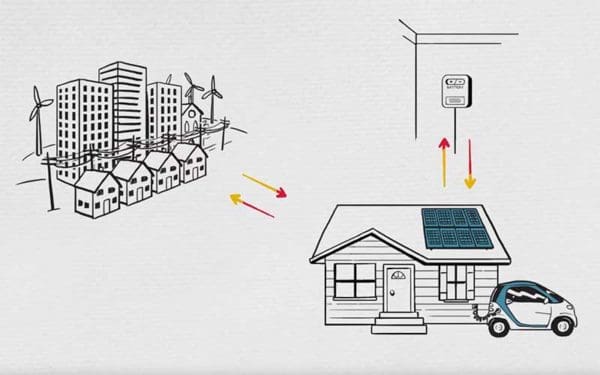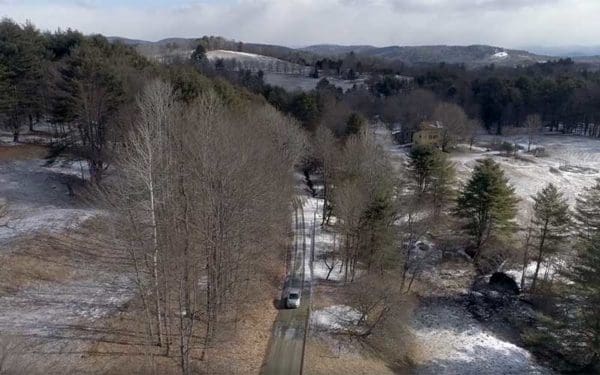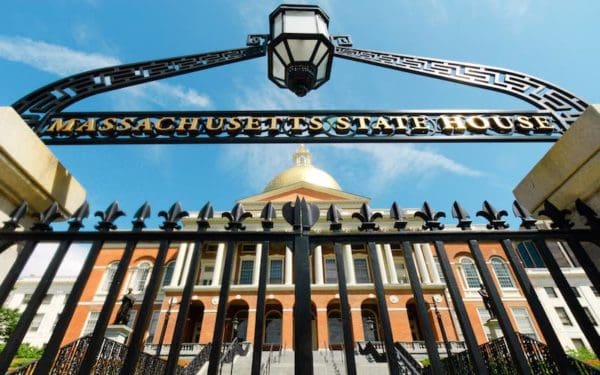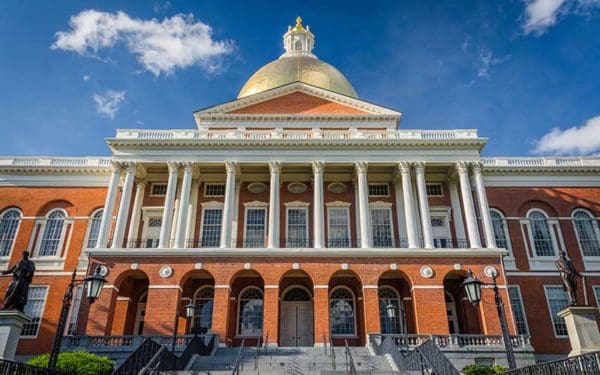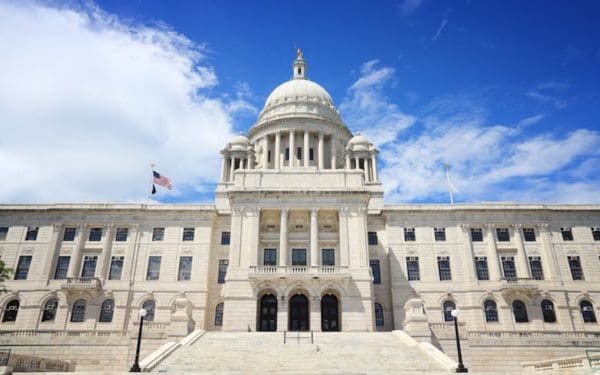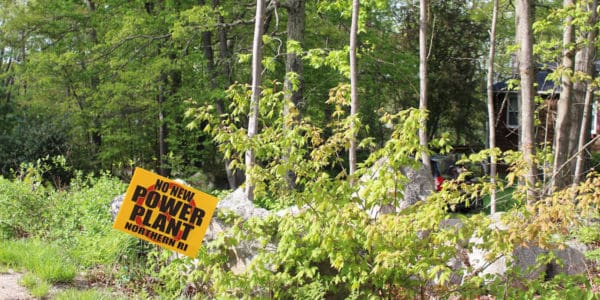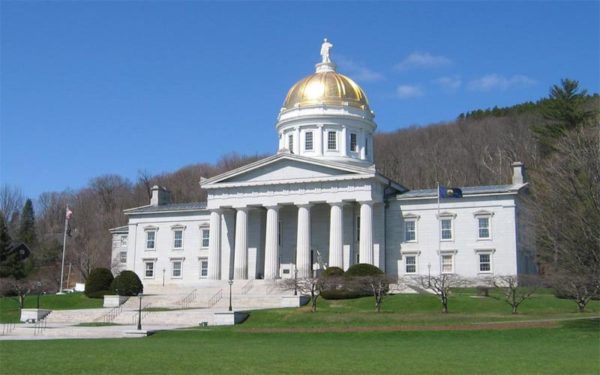Jan 27, 2020
Our electricity grid was designed over 100 years ago. But times have changed. Today, clean, renewable energy can be harnessed right where we live, so electricity doesn’t have to come from polluting power plants miles away. But we have to update our electricity grid to take advantage of it.
Jan 26, 2020
At a time when the federal government is utterly failing to protect us from the impacts of climate change, we need state-level policies like TCI more than ever. If it’s done right, we will all see the benefits.
Jan 24, 2020
CLF’ers Elena Mihaly and Tom Irwin show that you don’t have to live in a major city, or even on a paved road, to benefit from driving an electric car.
Jan 23, 2020
“Combatting the climate crisis is going to take everything we’ve got, and this legislation is a huge step forward,” said Alyssa Rayman-Read, Vice President and Director of CLF Massachusetts. “Getting to net-zero emissions by 2050 is an absolute necessity to protect our communities and our health. But we must hold our leaders accountable to make sure Massachusetts hits the ambitious goals laid out in the bills. We won’t be given another chance to get this right.”
Jan 22, 2020
Baker’s commitment to net-zero emissions by then was immediately hailed by environmental groups, many of which have been critical of him in the past. The pledge is a “crucial directive [that] puts Massachusetts in the vanguard of states and nations combating climate change,” said Brad Campbell, president of the Conservation Law Foundation.
Jan 21, 2020
“The climate crisis will touch every aspect of our lives and the consequences of inaction today will be ruinous tomorrow,” said Brad Campbell, President of CLF. “Governor Baker’s crucial directive puts Massachusetts in the vanguard of states and nations combatting climate change and embracing a clean energy future. We look forward to working with the administration on the bold steps that need to follow.”
Jan 17, 2020
“The reality of the climate crisis demands that we end our reliance on dirty fossil fuels,” said CLF Senior Attorney Jerry Elmer. “This commitment to 100% renewable electricity is a major step towards reaching that goal. The Governor must now make good on her promise to support a law that goes beyond mere talk and makes Rhode Island’s climate goals mandatory, including slashing emissions beyond the electric sector.”
Jan 14, 2020
In 2015, energy giant Invenergy announced its plan to pave over a pristine forest in Burrillville, Rhode Island, to build a 1,000-megawatt fracked gas and diesel oil power plant. For the next four years, CLF and the town of Burrillville fought to keep the polluting behemoth from being built.
Jan 13, 2020
While Vermont has made strides advancing energy efficiency and renewable energy, we are falling behind in reducing toxic climate pollution from burning fossil fuels in our cars and homes. Passing the Vermont Global Warming Solutions Act will change that, putting us back on track to cutting our emissions and securing a brighter future.
Jan 10, 2020
“The climate crisis demands bold action and Vermont is long overdue,” said Jen Duggan, Vice President and Director of CLF Vermont. “We’re off track, but we can eliminate all carbon pollution by 2050 while building healthy and resilient communities. This legislation will make sure we reach our emissions goals and confront this crisis with everything we have.”
